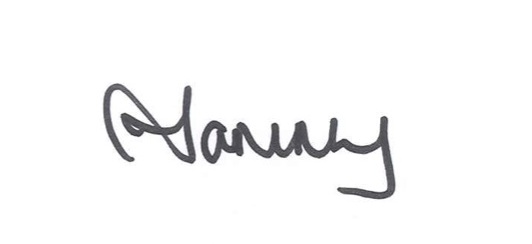PROSCI, the change people, have a model for personal change called ADKAR. It starts with awareness, then desire, skills and knowledge, ability and finally reinforcement. Of all of the stages, the hardest is desire. So, nudging can be helpful. It takes awareness and creates the environment for behavioural change.
What is nudging?
Think about a change you would like to make. Perhaps you want to get fitter? Or maybe eat less chocolate? Or more vegetables?
In my case recently, it was about transitioning from a takeaway cup to a keep cup. It was not an awareness issue. It’s obvious that not taking multiple take away cups (no matter how well recycled they are) is better than taking them. It was not for lack of keep cups, as friends have been on a mission for years, sending me various types.
Nudging is essentially introducing a change to the environment that creates the best possible conditions for change, but that still allows for choice.
It allows the brain to move from associating with one sort of behaviour to another without the resistance that normally goes with personal change.
So, in the keep cup example, I simply ensured the keep cup was washed and in my bag each morning. I also tracked how many times I took the keep cup on a simple app on my phone. Finally, I changed my coffee card to one that was for a “bring your own”. None of these things meant I couldn’t buy a take away cup, and in a few instances over the month, I still did. But for the large majority of the month, I used my keep cup, or didn’t buy a takeaway coffee.
You can do this with any sort of change. You can also use language that reflects your belief around the sort of person you want to be.. “I am so the sort of person who drinks a lot of coffee, and so takes a keep cup wherever I can.”
KEY TAKEAWAYS
- If you’re struggling to introduce a change, think about what you could do to create the best possible environment for success.
- What environmental change can you introduce that might create the conditions for success?
- What do you need to say about the sort of person that you are?
- And read this article from McKinsey on nudging and how it can help.
WANT MORE?
As always, if you’d like to get in touch – you can click here.
If you’d like to read any of the 300+ blog posts on this site, you can click here. Here are a selection specifically on change.
If you’d like to buy one of my books, you can click here.
And if you’d like to sign up to permission to dream programme, you can click here.
See you next week,


